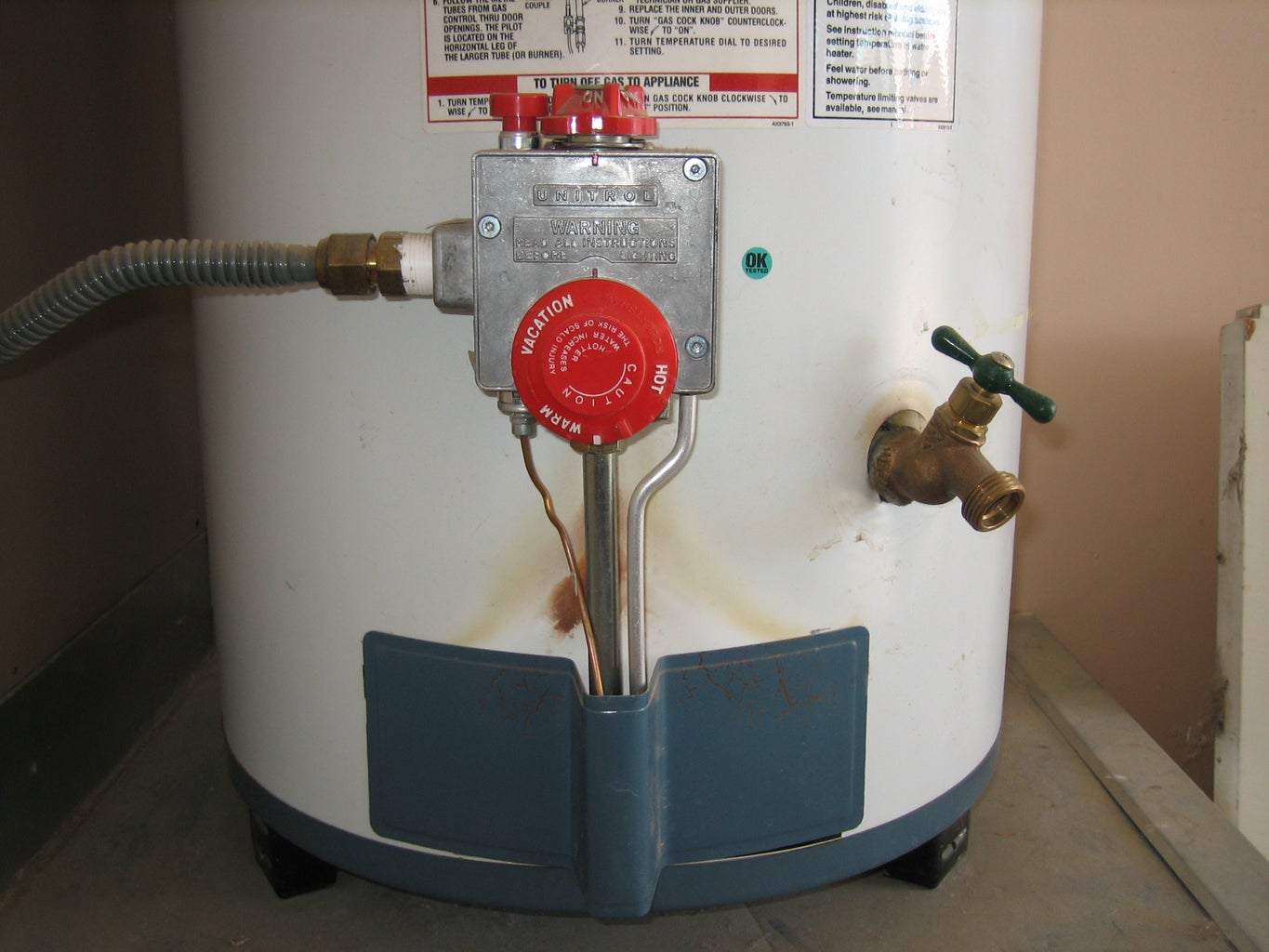Every person has his or her own way of thinking about Tips on Maintaining a Water Heater.

Warm water is crucial for day-to-day convenience, whether it's for a revitalizing shower or cleaning recipes. To guarantee your warm water system runs successfully and lasts much longer, normal upkeep is vital. This write-up gives useful suggestions and insights on exactly how to preserve your home's hot water system to prevent disruptions and costly repair work.
Introduction
Maintaining your home's hot water system could appear overwhelming, yet with a couple of simple steps, you can ensure it runs efficiently for many years to find. This guide covers everything from understanding your hot water system to do it yourself upkeep ideas and understanding when to contact expert assistance.
Value of Preserving Your Warm Water System
Routine maintenance not only expands the life-span of your warm water system but also guarantees it runs effectively. Overlooking maintenance can bring about reduced effectiveness, higher power expenses, and even early failing of the system.
Indications Your Hot Water System Needs Maintenance
Knowing when your warm water system requires attention can prevent significant problems. Look out for indicators such as irregular water temperature, weird sounds from the heating unit, or rusty water.
Purging the Water Heater
Purging your hot water heater removes sediment buildup, boosting effectiveness and lengthening its life.
Monitoring and Replacing Anode Rods
Anode poles avoid corrosion inside the container. Examining and changing them when worn is crucial.
Facility Problems Calling For Expert Help
Instances include significant leaks, electric troubles, or if your hot water heater is constantly underperforming.
Regular Professional Maintenance Advantages
Expert upkeep can consist of thorough assessments, tune-ups, and ensuring conformity with safety requirements.
Inspecting and Changing Temperature Settings
Readjusting the temperature setups guarantees optimum performance and security.
DIY Tips for Upkeep
You can carry out numerous maintenance tasks on your own to maintain your warm water system in top condition.
Checking for Leakages
Consistently evaluate pipes and connections for leaks, as these can lead to water damage and higher bills.
Understanding Your Warm Water System
Before diving into upkeep jobs, it's handy to recognize the standard parts of your warm water system. Normally, this consists of the hot water heater itself, pipes, anode rods, and temperature controls.
Regular Monthly Upkeep Tasks
Normal month-to-month checks can aid capture small concerns prior to they rise.
Testing Stress Alleviation Valves
Examining the stress safety valve ensures it functions correctly and avoids extreme pressure buildup.
Shielding Pipelines
Insulating warm water pipes reduces warmth loss and can save power.
When to Call a Professional
While do it yourself upkeep is helpful, some problems require specialist experience.
Final thought
Regular upkeep of your home's warm water system is vital for efficiency, durability, and cost financial savings. By complying with these suggestions and knowing when to look for expert help, you can make certain a reputable supply of hot water without unexpected disturbances.
How to Maintain an Instant Hot Water Heater
Before tinkering with your hot water heater, make sure that it’s not powered on. You also have to turn off the main circuit breaker and shut off the main gas line to prevent accidents. Also turn off the water valves connected to your unit to prevent water from flowing into and out of the appliance. 2. When you’re done, you have to detach the purge valves’ caps. These look like the letter “T†and are situated on either side of the water valves. Doing so will release any pressure that has accumulated inside the valves while at the same time avoid hot water from shooting out and burning your skin. 3. When the purge valves’ caps are removed, you have to connect your hosing lines to the valves. Your unit should have come with three hoses but if it didn’t, you can purchase these things from any hardware or home repair shops. You can also get them from retail stores that sell water heating systems. Read the user’s manual and follow it to complete this task properly. When the hosing lines are connected, open the purge port’s valves. 4. You should never use harsh chemical cleaners or solutions when cleaning your unit. Make use of white vinegar instead. It should be undiluted and you’ll probably use about 2 gallons. 5. Now flush your water heater. This task should probably take about 40 minutes. We can’t give you specific directions for this because the procedure is carried out depending on the type, model and brand of your heater. With that being said, refer to the user’s manual. 6. When you’re done draining the unit, you have to turn off the purge port valves again. Remove the hosing lines that you earlier installed on each of the water valves. Put the valve caps (purge port) back in their respective places and be very careful so as not to damage the rubber discs that are found inside these caps. 7. Now that everything’s back in place, check your user’s manual again to find out how to reactivate your water heating system. 8. Once it is working, turn one of your hot water faucets on just to let air pass through the heater’s water supply pipes. Leave the tap on until water flows smoothly out of it. https://www.orrplumbing.com/blog/2014/september/how-to-maintain-an-instant-hot-water-heater/

We were guided to that report on Tips For Maintaining Your Hot Water Heater through a buddy on a different web blog. If you liked our blog post plz make sure you remember to share it. I love reading our article about What Kind of Maintenance Do Water Heaters Need?.
Click Here